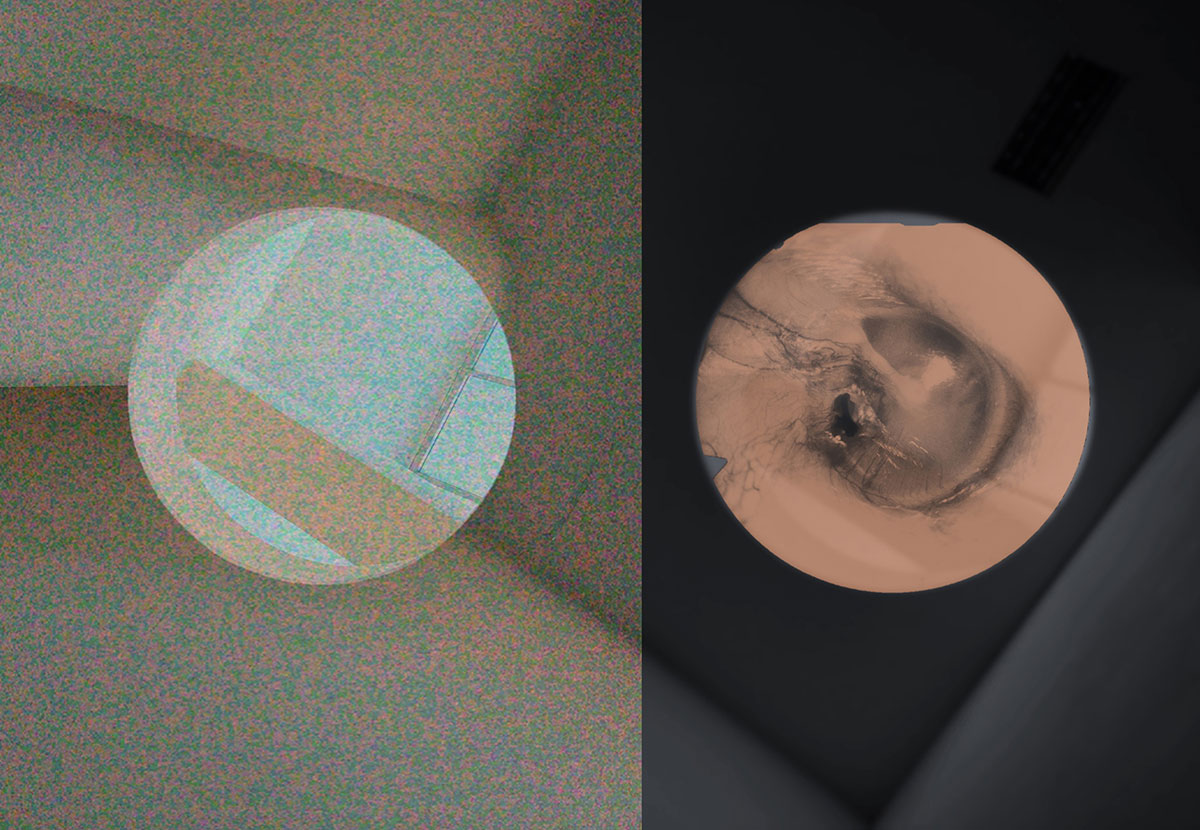CHENG Wan-Chien

Drumming in the Ears
- 2022, sound installation, 40 min.
- Courtesy of the artist.
Curatorial Perspective
From time to time, high-pitched sounds (4,000-8,000 hertz (Hz)) are heard in both the left and right ears, for about 3 seconds or sometimes 5-10 seconds. This is a symptom of tinnitus. In different spaces, random ringing in the ears and the body create interesting connections. In this work, a multi-channel device, used to simulate the ear canal, is situated between a stairway and an irregularly lost space. From aluminum pipes on the wall come high-frequency sounds. As the body moves, high-frequency sounds of different Hz are heard and disappear because of time differences. In the courtyard, low-frequency sounds from four-channel speakers cause the eardrum to vibrate, creating an impromptu soundscape in the ear canal.
Creation Description
From time to time, high-pitched sounds (4,000-8,000 hertz (Hz)) are heard in both the left and right ears, for about 3 seconds or sometimes 5-10 seconds. This is a symptom of tinnitus. In different spaces, random ringing in the ears and the body create interesting connections. There can be a high-frequency crescendo that fades or sounds that mimic partially blocked air flow in a tunnel, as if a musician is improvising a performance in the ears. In crowded noisy spaces, the ringing starts up again. Loud high-frequency sounds cover up external sounds and, for less than 10 seconds, there is unprecedented tranquility. In this work, a multi-channel device, used to simulate the ear canal, is situated between a stairway and an irregularly shaped space. From aluminum pipes on the wall come high-frequency sounds. As the body moves, high-frequency sounds of different Hz are heard and disappear because of time differences. In the courtyard, low-frequency sounds from four-channel speakers cause the eardrum to vibrate, creating an impromptu soundscape in the ear canal.

